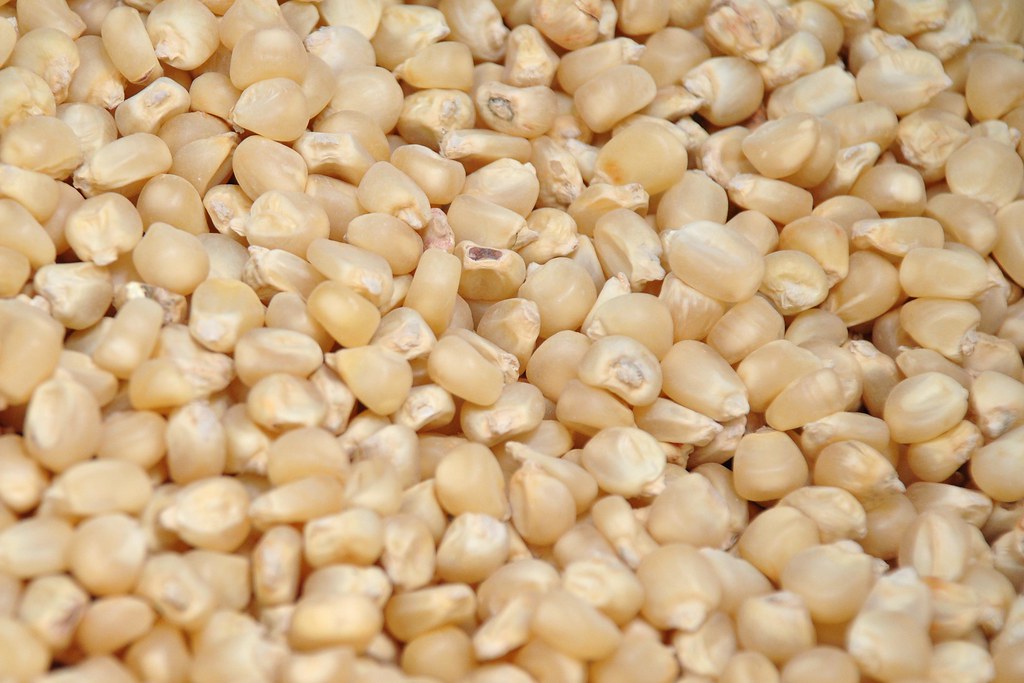
By Munene George
“It is difficult to make a business case for feeding fish on home-made meals as they only utilise about five per cent of the feed, while the rest is wasted,” said Audrey Nyambura, Skretting East Africa’s Regional Technical Manager.Speaking during a seminar on fish feed management held by Foodtech Africa Aquaculture Academy she helped outline how tilapia farmers can best feed their fish to achieve peak growth performance.
Fry Feeding
From birth, tilapia fry/young require a high protein diet, i.e, up to 50 per cent, for 21 days after birth.
Tilapia weight increases from 0.02 to 25 grams (1000X) from hatch to juvenile/ fingerling stage. They are extremely vulnerable at this level and need dedicated starter feed to sustain this growth.
Getting your feeding right at the starter level ensures good performance for the rest of the production cycle. They will be able to withstand poor water quality and fluctuating temperatures, as well as have strong immunity.
On average, tilapia should be fed on 42-21 per cent of their body weight at the first week of birth. 21-10 per cent in the second week and 10-9 per cent in week three.
By this time they will have attained at least 0.35 grams and are fed 9-8 per cent body weight until they are 2.5 grams. Between 2.5 grams and 10 grams, they are fed on 8-7 per cent of their body weight.
Before they graduate to growers (10-25 grams) they are fed on 7-6 per cent body weight.
Related News: Catfish farmers opt for concrete ponds to curb cannibalism and hasten growth
Related News: Approval of GM soymeal would reduce fish feed costs by 20%
It is recommended that a farmer feed his fish at the fry level to satiation (until full) because the rate of feed conversion at this level is at its highest
The feed amount should also be adapted to eating behaviour and the fry can be fed up to 12 times a day.
You should avoid:
- Relying on natural food
- Feeding starter feeds for other fish species
- Crush and use grower feed (low in protein)
Fry feed should have:
- Uniform crumble size
- Water stability
- Slow sinking properties --give all fry an equal feeding opportunity (faster bigger fingerling swim up to the surface to feed while the smaller less-mature fish feed on the sinking crumble)
Grower Feeding
After this, they are at the grower level/ fingerling stage and their protein requirement reduces to 35-30 per cent. As tilapia fish grow they are able to digest more carbohydrates in their diet.
Grower feed is optimised for fish between 25 to 1000 grams.
At the grower stage (≥25g), tilapia is fed on 5.5-5 per cent of body weight until they attain 60 grams; 5 to 3.7 per cent of their weight to 200 grams, and 3.7-1.6 grams until they hit 750 grams.
Algae in ponds can partially substitute commercial protein sources.
In grow-out units, fish need to be fed two to three times a day for at least 30 minutes depending on the size of the housing unit This enables feeding of the fish across various levels of growth.
Daily feed for every pond should be recorded with the ratio of feed conversion being noted.
Breeder Feeding
Broodstock diet --often overlooked by most farmers --- determines the quality of future fry. Females need high protein and high-fat diets to produce nutrient-rich eggs which should look bright and vibrant.
“These fats are expended during breeding; most people who have dealt with broodstock will notice that they do not eat for days as they incubate their eggs in their mouth,” explained Audrey.
Related News: Kilifi farmer's gamble with ornamental fish farming paying dividend
Related News: High feed costs leave Kenya reliant on fish imports
Tilapia are continuous spawners, which means they have a high protein and energy turnover rate.
Kenya imports up to 7,000 tonnes of aquafeed annually, with fish farmers pointing out that local feeds are often ineffective and uneconomical.
Tilapia accounts for about 80 percent of Kenya's fish production and has a fingerling demand of about 100 million per year
Write comment (0 Comments)
















